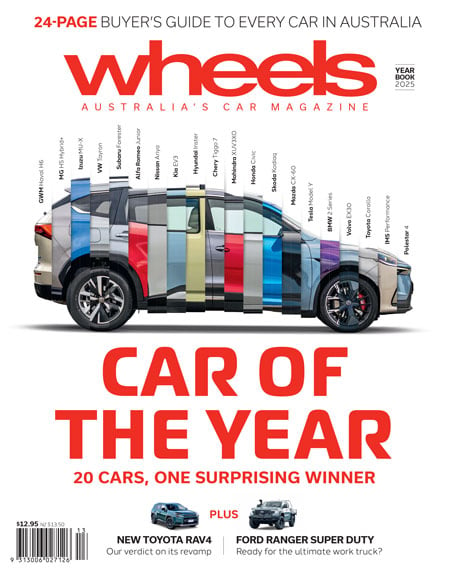Five years ago, the affordable end of the performance-car market was a bleak and desolate place.
If your budget topped out at $35,000 and you wanted a set of wheels that was fast and/for fun, really your only option was the Volkswagen Polo GTI. If you wanted driven rear wheels, you’d need to keep saving for a $45K Mazda MX-5 or Holden SS ute.
Then came a bombshell, a lightweight, naturally aspirated, rear-wheel drive coupe that wouldn’t require a second mortgage to own, but few would’ve put money on Toyota being the company to re-ignite the sector.

Even so, few were prepared for just how big an impact the 86 would have. I remember the air of dismay from assembled hacks at the 86 launch when Toyota’s then-PR boss announced the starting price wouldn’t start with a ‘three’. I’m sure I wasn’t alone at this point in thinking that this new coupe was going to struggle with a $40K price tag, no matter how talented it turned out to be.
However, this dismay quickly turned to stunned disbelief when it was revealed that the starting price would actually start with a ‘two’.
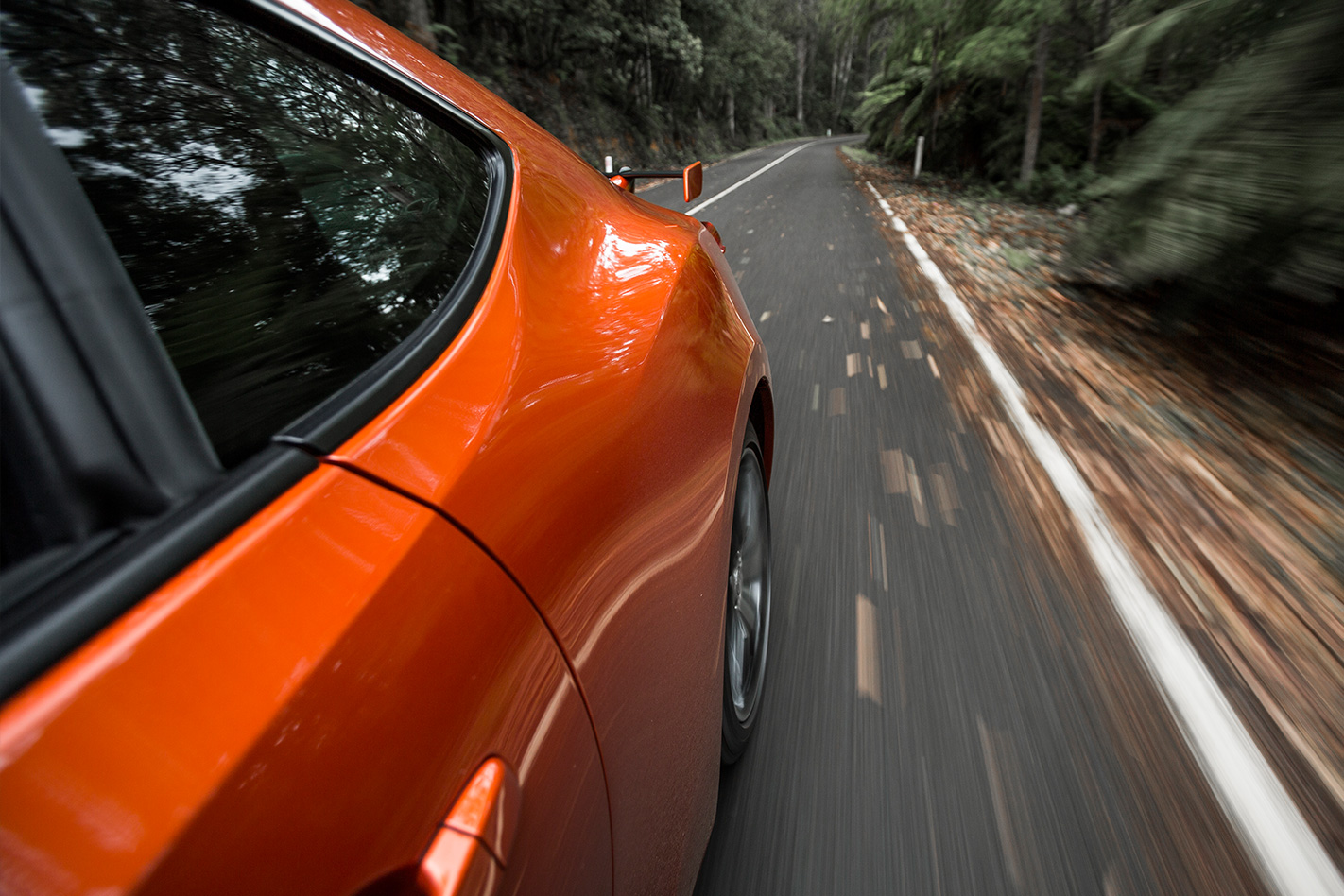
But the budget end of the fast-car market is a very different place to that entered by the 86 four and a half years ago. Ford redefined affordable performance with the superb Fiesta ST, Renault slashed the price and broadened the appeal of its Clio RS, VW’s Polo GTI has gone from strength to strength and Mazda went back to the drawing board with the latest iteration of its iconic MX-5.
In short, consumers are now spoiled for choice, and with 86 sales slowing the facelift has arrived at an opportune time.
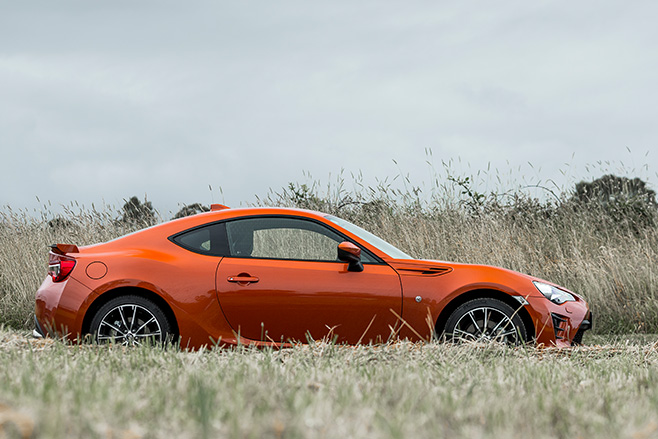
However, the 86 has primarily focused on substance over style, letting the driving experience create the biggest impression. On paper the facelift tweaks seem relatively minor, with a stiffer body structure courtesy of extra spot welding at the rear, revised suspension and a new stability control system.
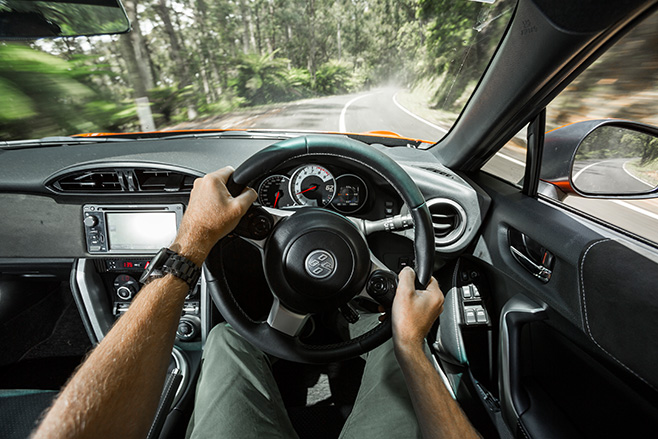
It’s important to put these comments into context. No doubt to Tada and his team the differences are glaringly obvious, but we’re talking very subtle changes here and even long-time owners are going to need a long and varied drive to feel the effects. Thankfully, as mentioned, there wasn’t a lot wrong with the 86 to begin with, so we’re still talking about one of the more enjoyable driver’s cars around.
The steering is borderline perfect in terms of its weighting and rate of response and offers the sort of feel that thoroughly disproves the theory that electrical assistance is inferior to hydraulic. Even at straight ahead there’s snippets of textural feedback, with none of the on-centre dead zone that so often afflicts electrically-assisted systems.

You quickly feel ‘at one’ with the car on a spirited drive; if that sounds a bit too metaphysical, essentially it means that the 86 does exactly what you want, when you want. If the previous 86 had a dynamic flaw, it’s that it could ‘fall’ into oversteer quite abruptly, followed either by a clumsy graunch from the ESP system or a rapidly elevated heart rate if you were driving unaided.
The new car retains this oversteer bias – it’s easier to unstick the rear than the front – but feels more progressive in the way it loses grip. We’re not talking wild, smoking slides here – the 86 needs commitment, momentum and a racetrack to do those – rather a few degrees of oversteer from apex to corner exit.
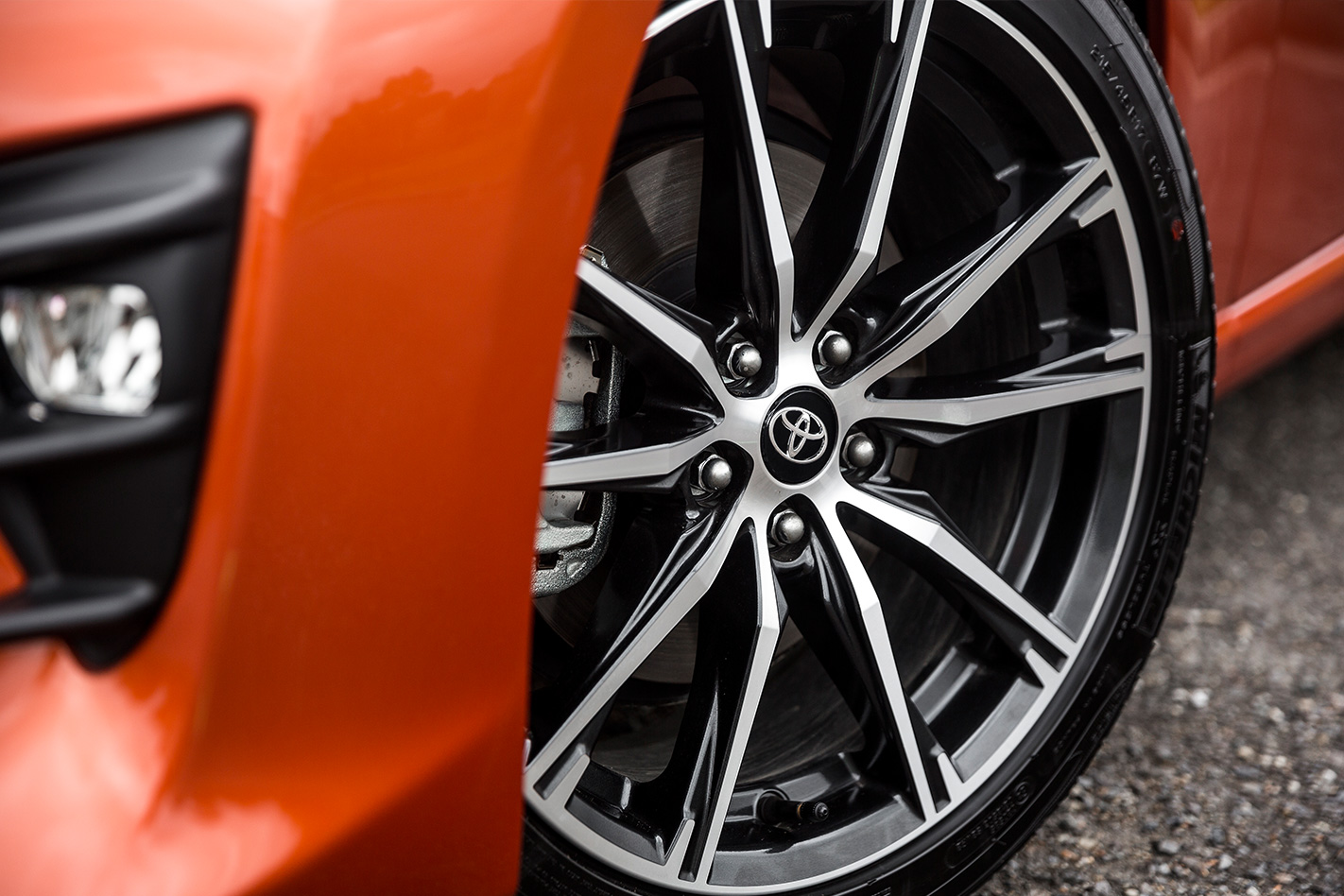
We’re still not completely sold on the eco tyre concept. Low outright grip levels are fine, but the tyres are simply unsuited to high-performance driving, particularly under heavy braking, making it all too easy to trigger the ABS. Unusually, the two cars driven, a GT and a GTS, displayed quite different braking characteristics.

This focus extends to the cabin, with a perfect driving position and great seats, though the interior has little else to recommend it. The base model GT, now $800 more expensive as a manual ($30,790) and $600 more as an auto ($33,090), is a bare-bones affair, almost refreshing in its simplicity. It’s a novelty these days to need to twist a key to start the engine, but the infotainment system is simply out of date, though it’s simple enough to use, partly because it doesn’t do very much.

There’s a nifty new digital readout in the instrument cluster, which can display information such as power and torque graphs, g-force, lap times and the like, but to be honest it’s of little use bar novelty value, and we’d gladly trade it for a more upmarket infotainment system.

No, the issue is that the 86 feels so much slower than it is. Toyota has revised the intake and exhaust systems on manual cars to liberate an extra 5kW/7Nm, which apparently necessitated a reinforced block and modified pistons, while also shortening the final drive from 4.1 to 4.3:1, but the changes have had little impact on the seat-of-the-pants experience. In fact, the car is likely to actually be slower to 100km/h, as shortening the final drive means third gear is now required at 95km/h rather than 99km/h.
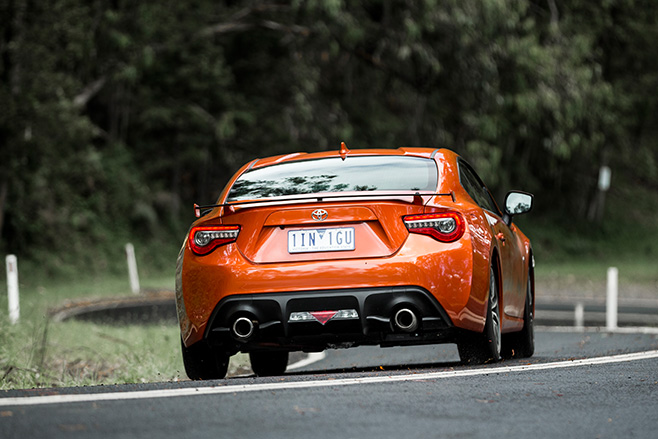
Amusingly, the new power/torque readout in the digital display graphically illustrates the scale of the problem. To make serious progress on a twisty road you have to row the gearbox – good fun to use, though still very notchy when cold – to stay in this narrow 5500-7200rpm power band, but even then the 2.0-litre flat-four never feels particularly energetic. The similarly sized engine in the new MX-5 feels both more muscular and more enthusiastic.
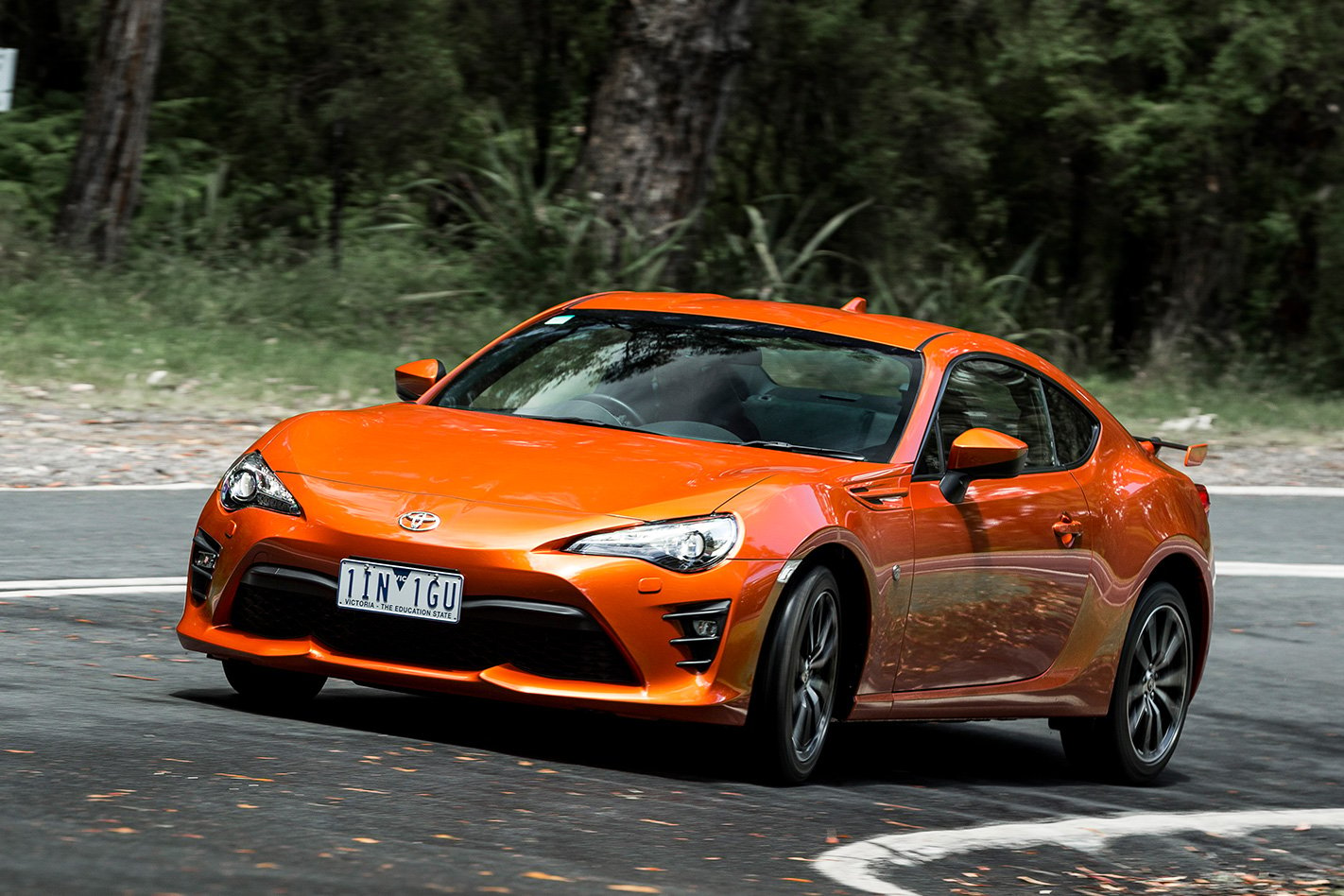
The pace of performance-car development is relentless though, and the chinks in the new Toybaru’s armour, most notably its sub-standard interior and lacklustre engine, will quickly become cracks if not addressed.
The budget performance car landscape might now be rich and thriving rather than bleak and desolate, but in such an environment it’s those that can adapt quickest that will reign. In next month’s issue the Subaru BRZ takes on the MX-5 2.0 and Abarth 124 Spider to see which affordable rear-driver is top dog.




